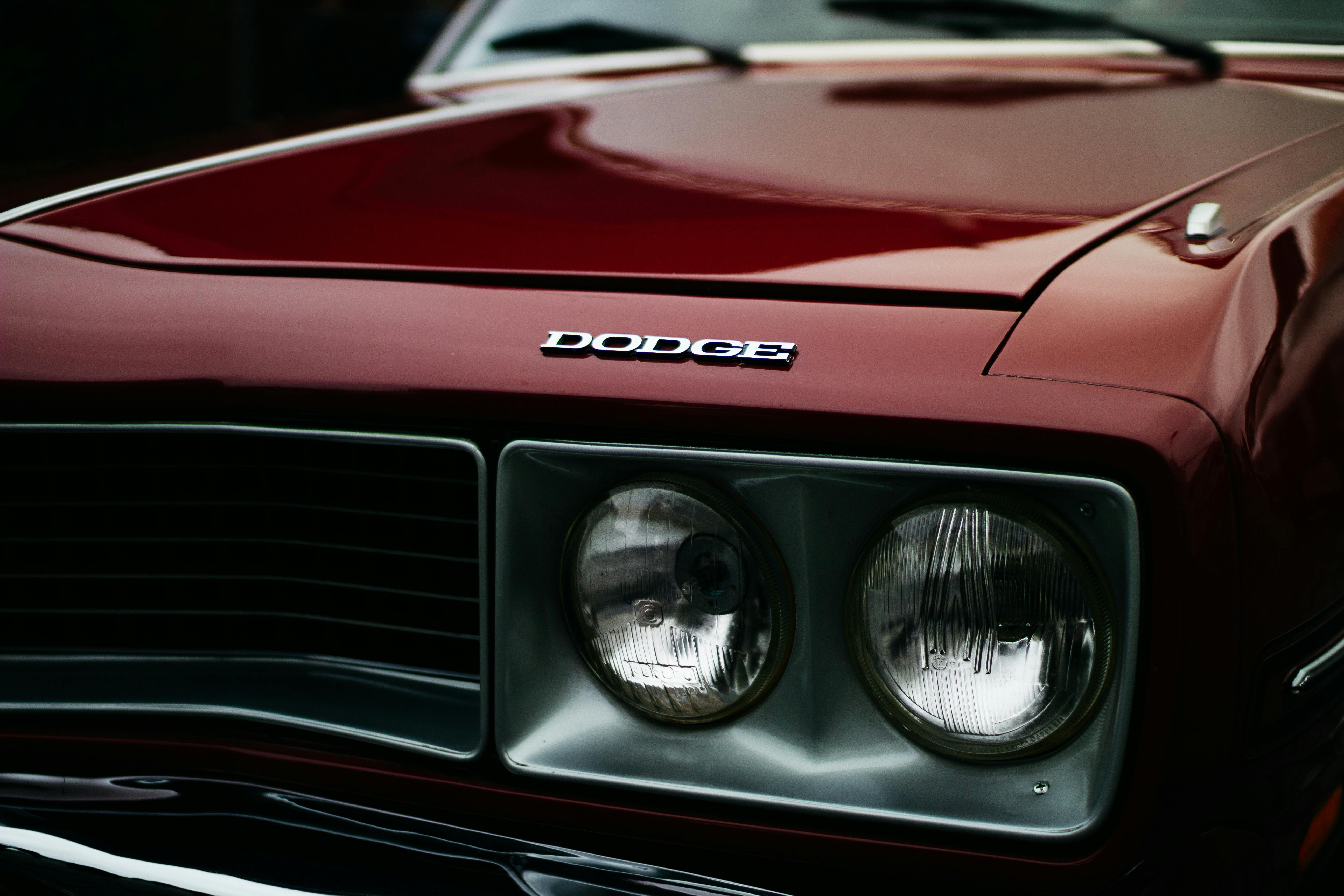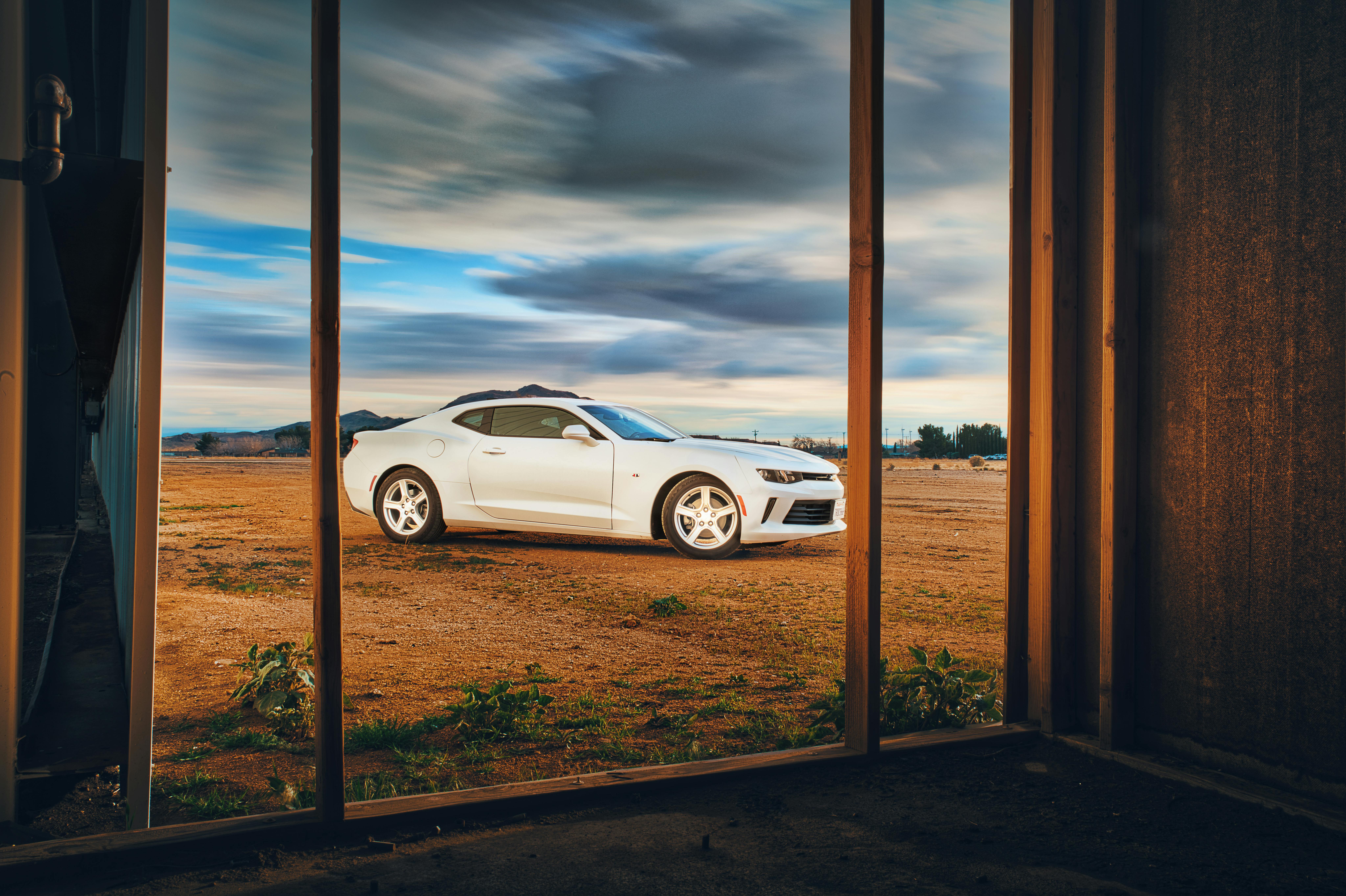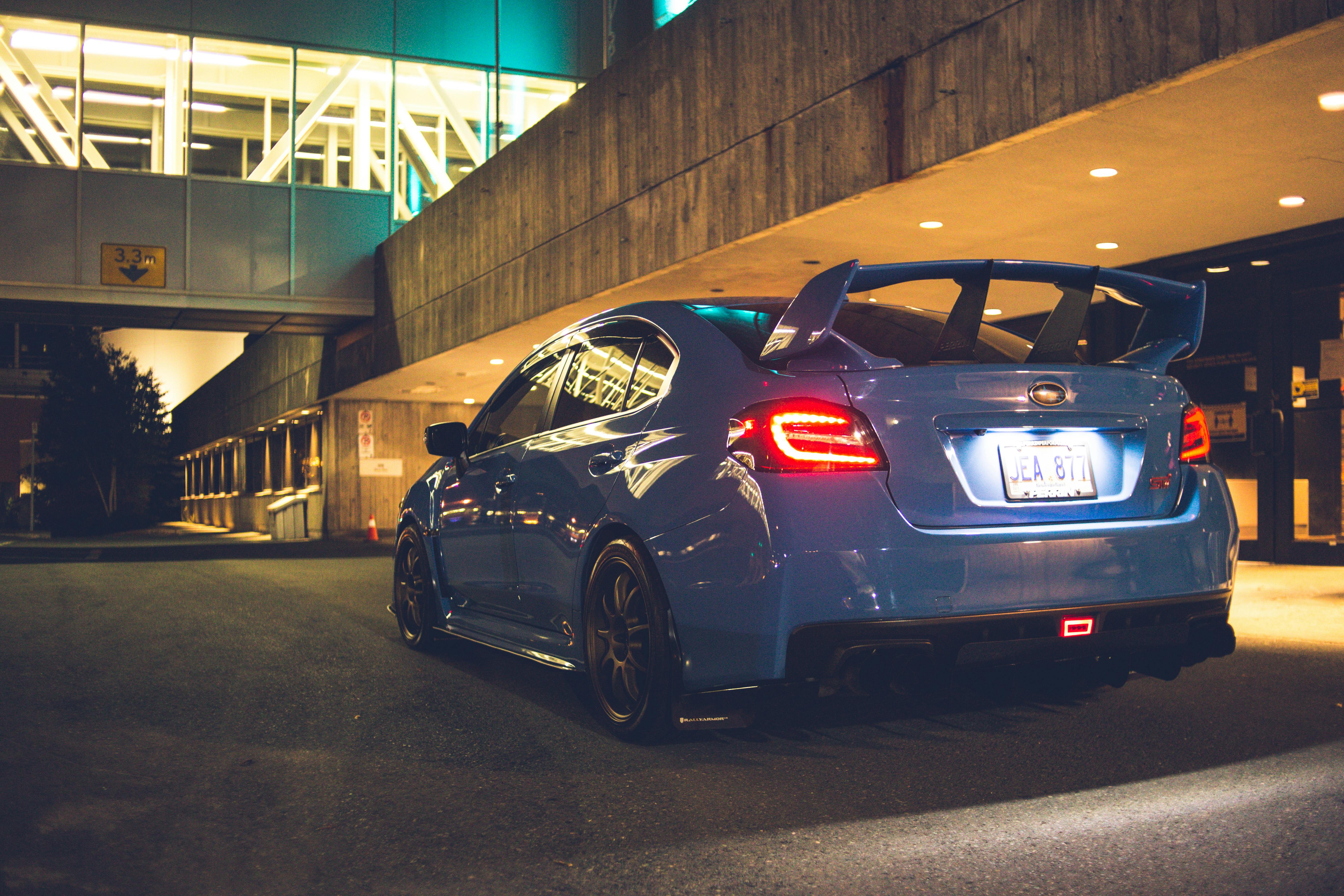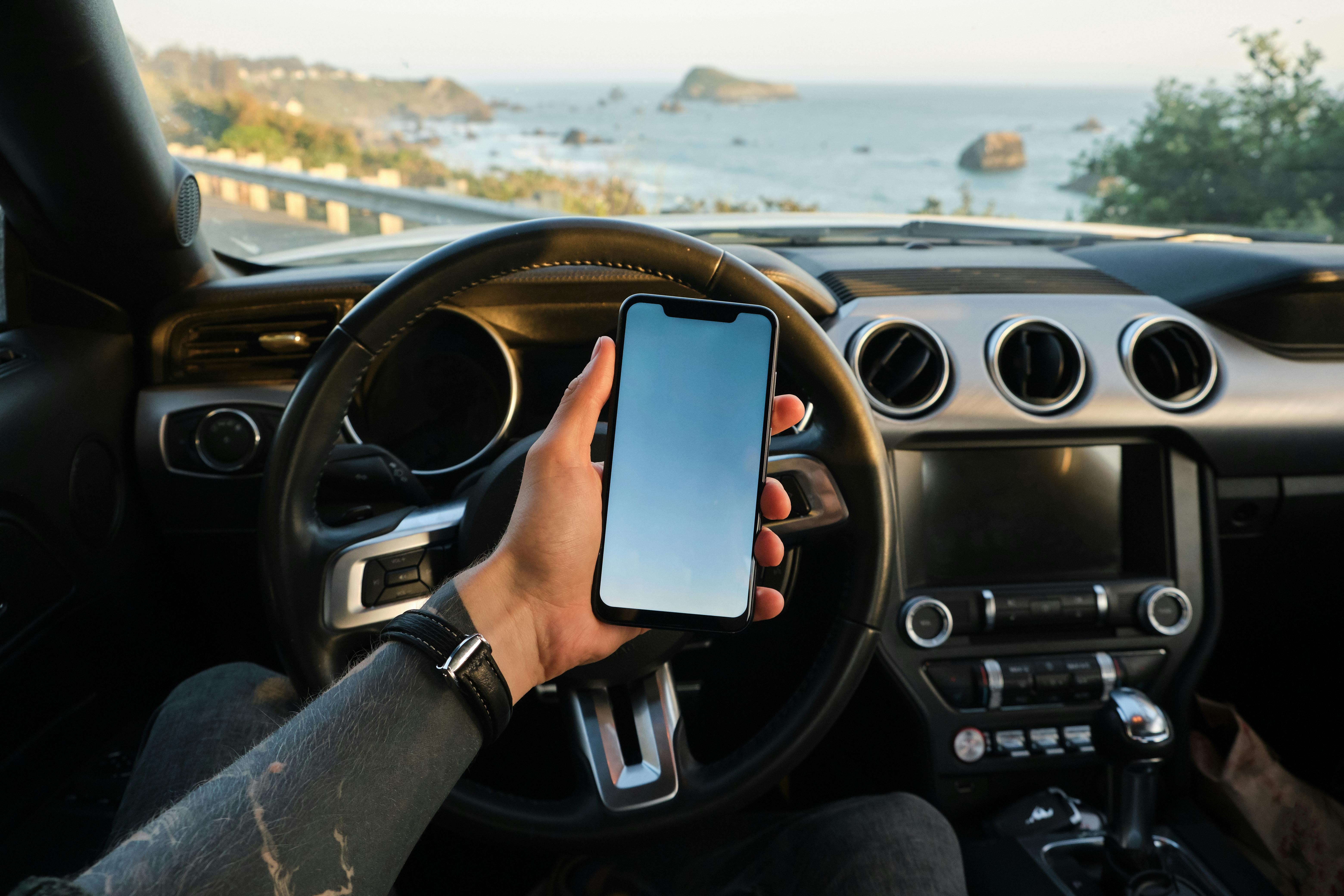
It’s been a few years since various electric saloons started receiving rave reviews, notably, of course, the Tesla range.
Not only were they generating good performance figures, but aspects such as their autonomy and recharge times seemed to indicate that they were practical. Therefore, no one had to think about making a trip of 500 kilometers in several stages and over several days, to allow recharges or battery changes.
Go back say 5 years and everyone was predicting that by now, we would all be deafened by the silence of our roads as everything changed to a quiet hum. The strange combustion engine car would be viewed with disgust or sympathy and we would all have clean air around us as a benefit as well.
However, it has not happened. Why is that?
Price rears his ugly head
Some of the most admired electric cars, and those that are often the most attractive in terms of range and performance, are still very expensive.
Some retail models cost around $ 100k. Even for large corporations and prestigious limo rental companies, these are prices that will make anyone blink when reading those ads.
True, there are also more modest cars. It’s great news, but then things start to get tricky in terms of battery “ issues ” (rented, owned, life expectancy, exchange periods), etc. Some commentators have observed that it takes a doctorate in math to try and figure out how much the ‘bottom line’ is and when you get there it’s suddenly smaller because it doesn’t look that ‘small’ in terms of price.
Performance
For much of the mass market, performance is a secondary issue. Yes, you can drool over the Tesla-S and other brands so prestigious that they can hit 60 mph even before getting in the car, but in reality, that performance is completely irrelevant in most driving environments that are urban or suburban.
Joe’s public may be excited about the performance figures of a Ferrari, but that doesn’t mean they will (or can) buy one.
What the typical buyer wants to know in terms of an electric car’s performance is:
- Will this vehicle tackle steep hills?
- How will you handle stuck traffic jams in terms of power consumption?
- What is your range before needing a recharge?
- How long will it take to recharge?
Now surprisingly, while these questions aren’t exactly rocket science, firm numbers aren’t easy to come by from looking at many electric car ads. When you see them, things start to sound a lot like the ‘old days’ of electric vehicles.
Entire tables of data begin to appear. For example, the figures that say a car’s range before recharging is 400 km / 250 miles may not seem too impressive. They certainly sound like a less impressive loss again (almost terrifying) when little warnings are added saying things like “it may be less in winter“Many ordinary shoppers will want to leave the house in bad weather knowing they will get there, not starting on a”.let’s wait and see what happens“base.
Too many figures for electric vehicles are fluid on the edge of the ethereal and there are too many qualifiers. Another example is recharge times, which often cite a multiplicity of options depending on what your power source is. Some seem reasonable in, say, 3 hours, but then you realize that you don’t know what the special charger is being referenced. Others sound comically unrealistic like “21 hours with a normal plug“.
Try to explain to your boss that you will be late tomorrow because your car will be charged.
Complications
A final observation related to inhibitors in the mass adoption of electric cars is that some of the advertising websites are almost incomprehensible.
The typical mass market buyer of new cars wants to see clear options that state “Model X = $”. Sure, we all understand that some things are configurable, like motor size, color scheme, etc., plus, they will all have price implications.
However, what people probably don’t want to think about is that when they go to their showroom they will need to bring a QA, engineer, statistician and accountant to interpret all the various options related to batteries, performance variables , recharge fees and so on.
Until electric vehicles become cheaper, advertising and pricing are easier to understand and, above all, their recharge rates improve, their use is likely to be limited to niche market segments.








